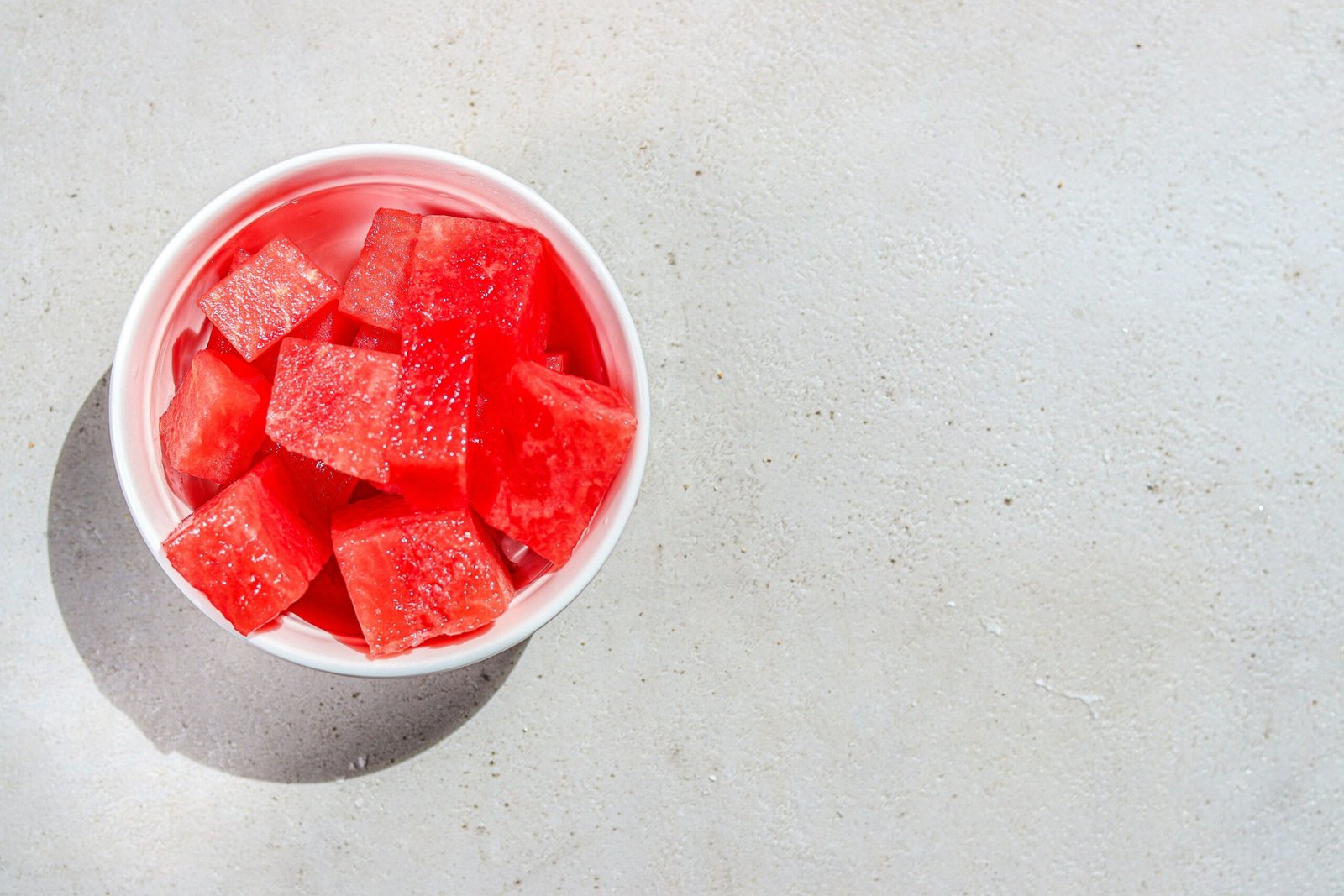https://www.profitablecpmrate.com/bwpetv09?key=69b5a96f33cdcb357a96f9f869e3d7ad
The Benefits of Fruits and Vegetables for Diabetics
Incorporating fruits and vegetables into a diabetic diet offers a multitude of benefits, owing to their rich nutritional profile. These natural foods are abundant in essential vitamins, minerals, fiber, and antioxidants, all of which play a vital role in diabetes management. The high fiber content in fruits and vegetables is particularly noteworthy, as it can slow the absorption of sugars, promoting more stable blood sugar levels. This aspect is crucial for maintaining glucose control and preventing the spikes and crashes that can exacerbate diabetic conditions.
Leafy greens like spinach, kale, and collard greens are excellent choices for diabetics. They are low in calories and carbohydrates while being high in vitamins A, C, and K, and minerals such as iron and calcium. These nutrients help improve insulin sensitivity and reduce inflammation, which are key factors in managing diabetes. Similarly, berries such as strawberries, blueberries, and raspberries are low in glycemic index and rich in antioxidants, which help combat oxidative stress and inflammation.
Non-starchy vegetables, including broccoli, cauliflower, and bell peppers, are also highly beneficial. They provide important nutrients without significantly impacting blood glucose levels. These vegetables are versatile and can be included in various meals, making it easier to incorporate them into daily diets. The fiber in these vegetables not only supports stable blood sugar levels but also promotes gut health, which is increasingly recognized as important in managing diabetes.
It is important for diabetics to practice portion control and choose whole fruits over fruit juices. Whole fruits contain fiber, which helps mitigate the impact of natural sugars on blood glucose levels. In contrast, fruit juices often lack fiber and can result in rapid spikes in blood sugar. By prioritizing whole fruits and vegetables and maintaining appropriate portion sizes, diabetics can effectively manage their condition while enjoying a diverse and nutritious diet.
Tips for Incorporating Fruits and Vegetables into Your Diet
For individuals managing diabetes, incorporating a diverse array of fruits and vegetables into daily meals can significantly enhance overall health. Here are some practical strategies to help you seamlessly integrate these nutrient-rich foods into your diet.
Begin by incorporating vegetables into every meal. Breakfast can include a veggie-packed omelette or a smoothie with a balanced mix of vegetables and low-glycemic fruits such as berries. For lunch and dinner, aim to fill half of your plate with non-starchy vegetables like leafy greens, bell peppers, and broccoli. These options are low in carbohydrates and high in fiber, which can help regulate blood sugar levels.
Using fruits as healthy snacks is another effective strategy. Choose whole fruits over fruit juices to benefit from the fiber content, which aids in blood sugar control. Apples, pears, and berries are excellent choices due to their lower glycemic index. Be mindful of portion sizes and balance fruit consumption with other components of your meal plan to avoid spikes in blood sugar.
Variety is key in maintaining interest and ensuring a broad spectrum of nutrients. Rotate different fruits and vegetables to enjoy a range of flavors and health benefits. For instance, experiment with roasted root vegetables, stir-fried greens, or a colorful vegetable salad. Such diversity not only enriches your diet but also makes meals more enjoyable.
To empower you further, here are some diabetes-friendly recipes and snack ideas. Try a spinach and berry smoothie for breakfast, a chickpea and vegetable stir-fry for lunch, or bell pepper strips with hummus for a snack. These options are not only delicious but also supportive of your dietary needs.
When selecting packaged fruit products, always read food labels carefully. Look for added sugars and opt for products without them. Understanding the glycemic index of fruits can also guide your choices; for instance, prefer low to moderate glycemic index fruits like cherries and grapefruit to keep blood sugar levels stable.
By following these tips, you can make fruits and vegetables a fundamental part of your diet, aiding in the natural management of diabetes. Get the complete book, titled; “You and Your Health Manual” through this web link here> https://noahkaybooks.com/shop/natural-health/you-and-your-health-manual/
Here is a bonus for you because you read the article to the end. Click on the link below and be the first person to discover many exciting online business opportunities> https://www.profitablecpmrate.com/nq7my1t66a?key=bb2d4ae95c421da5ae34a73884b95965


